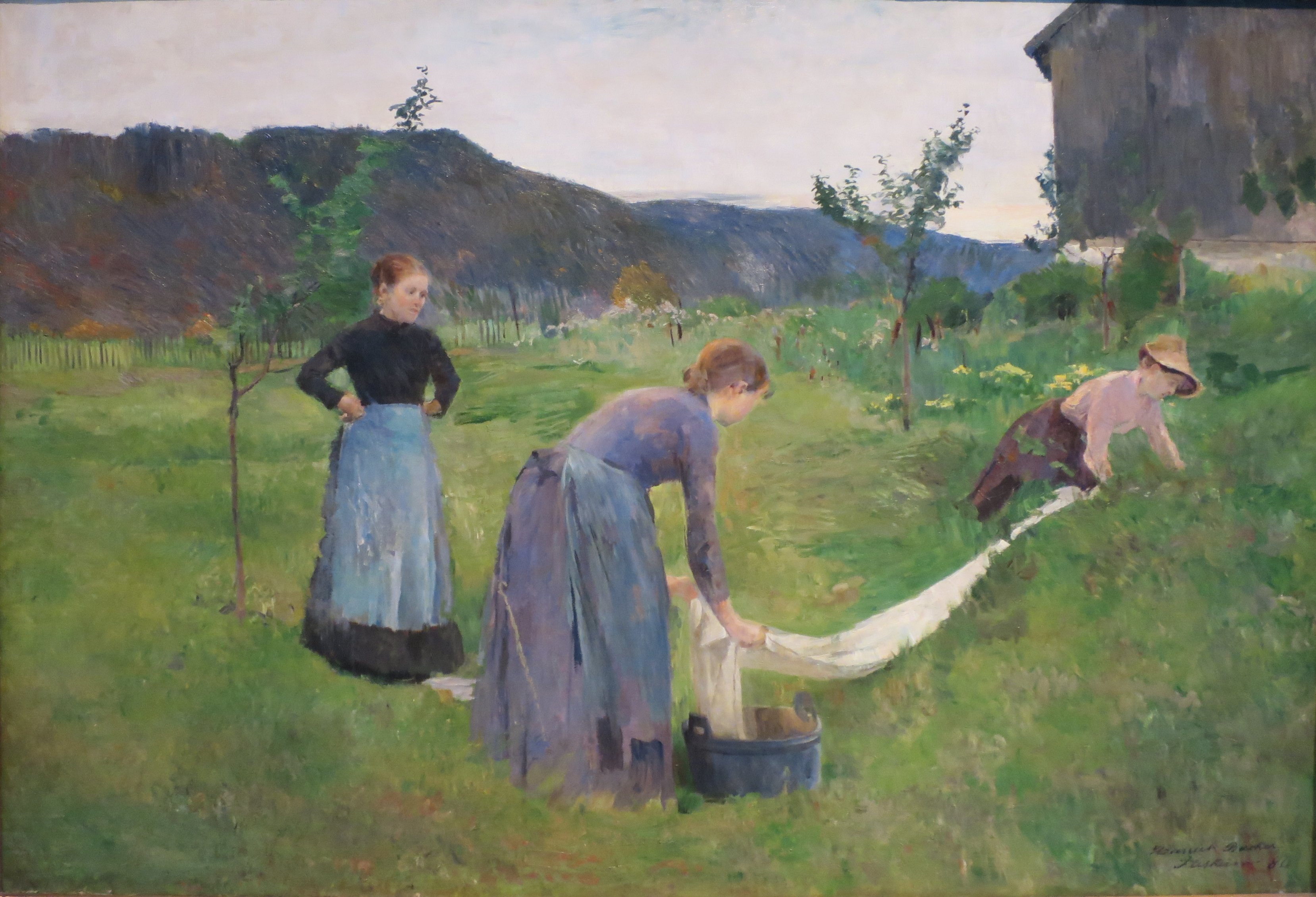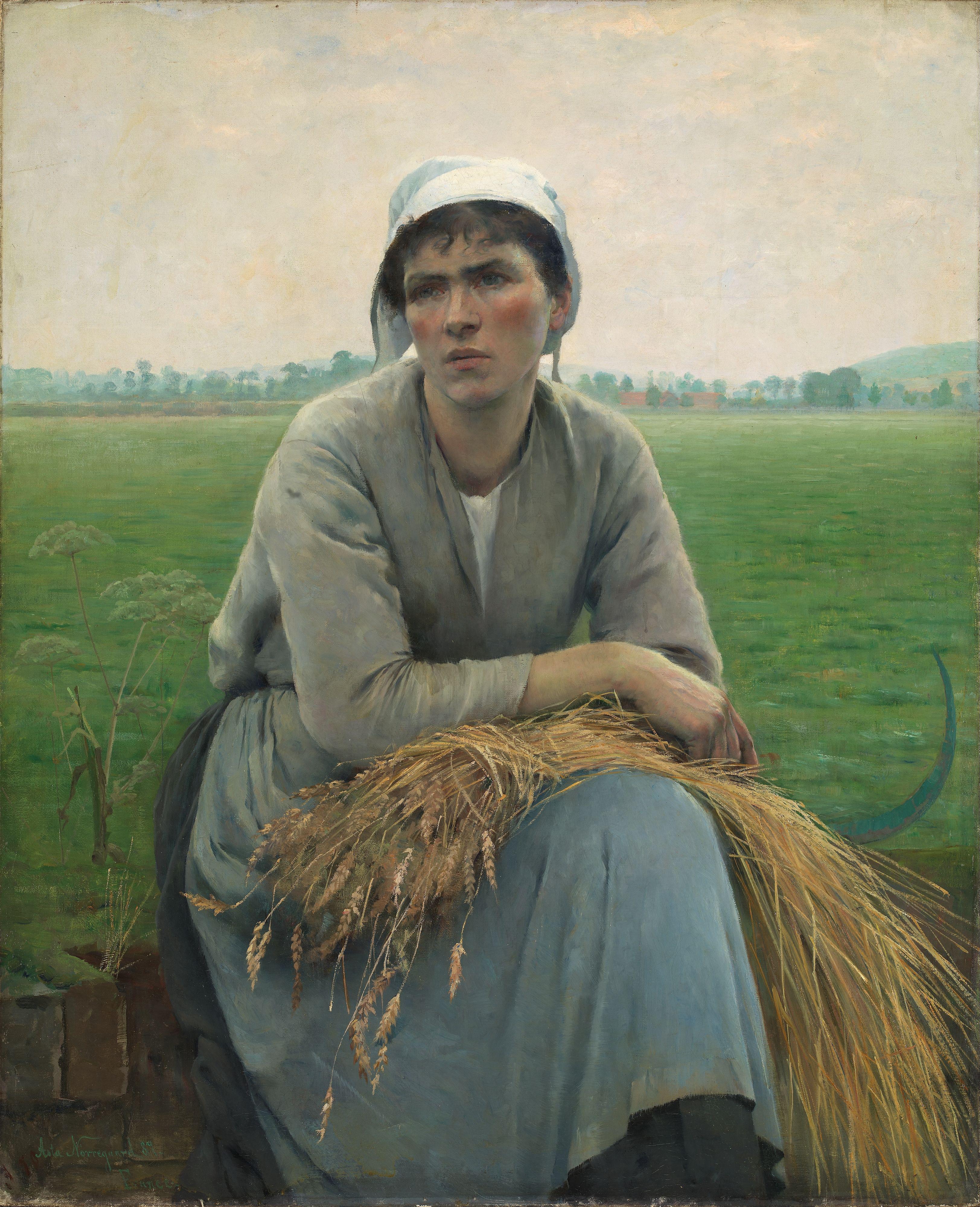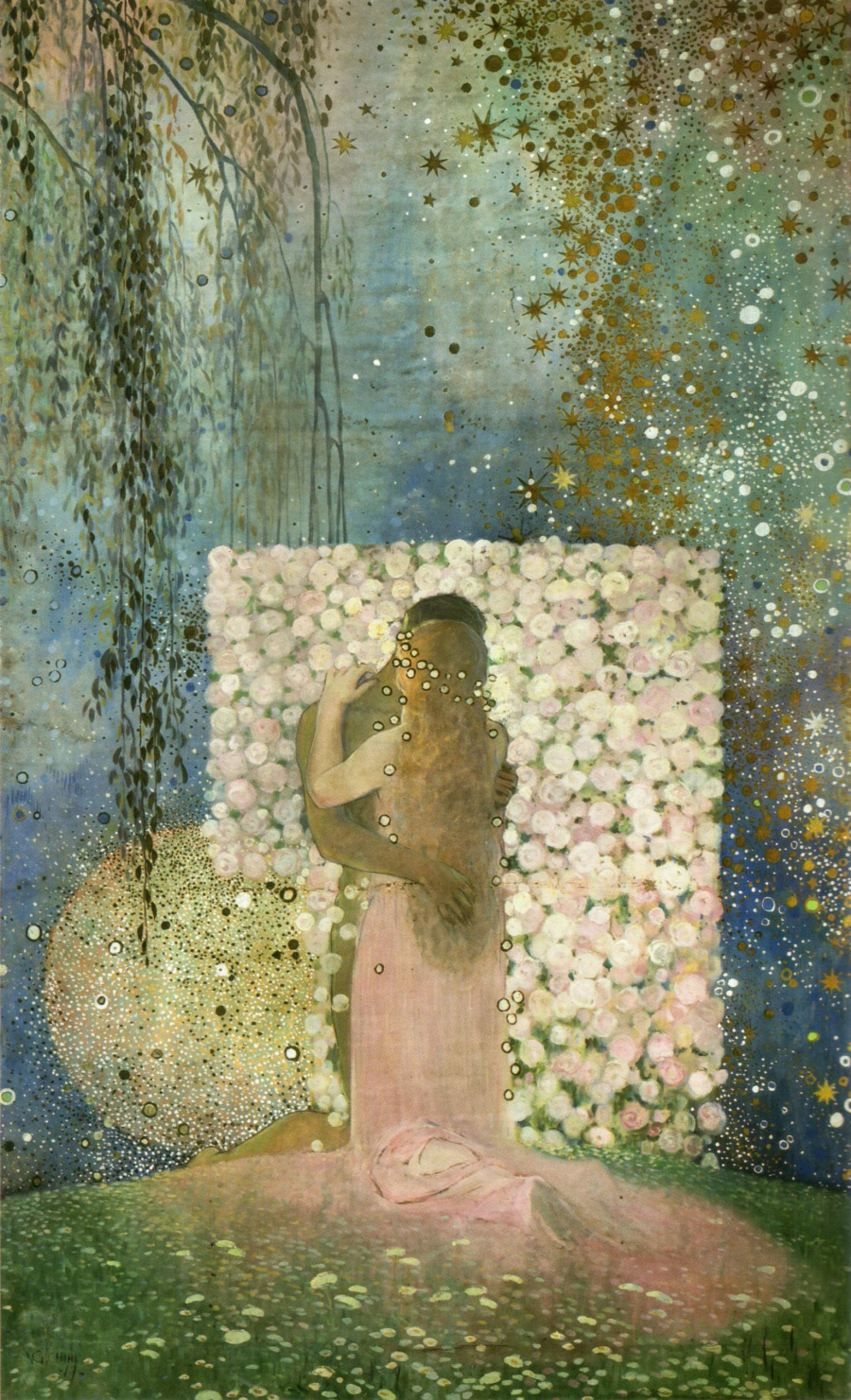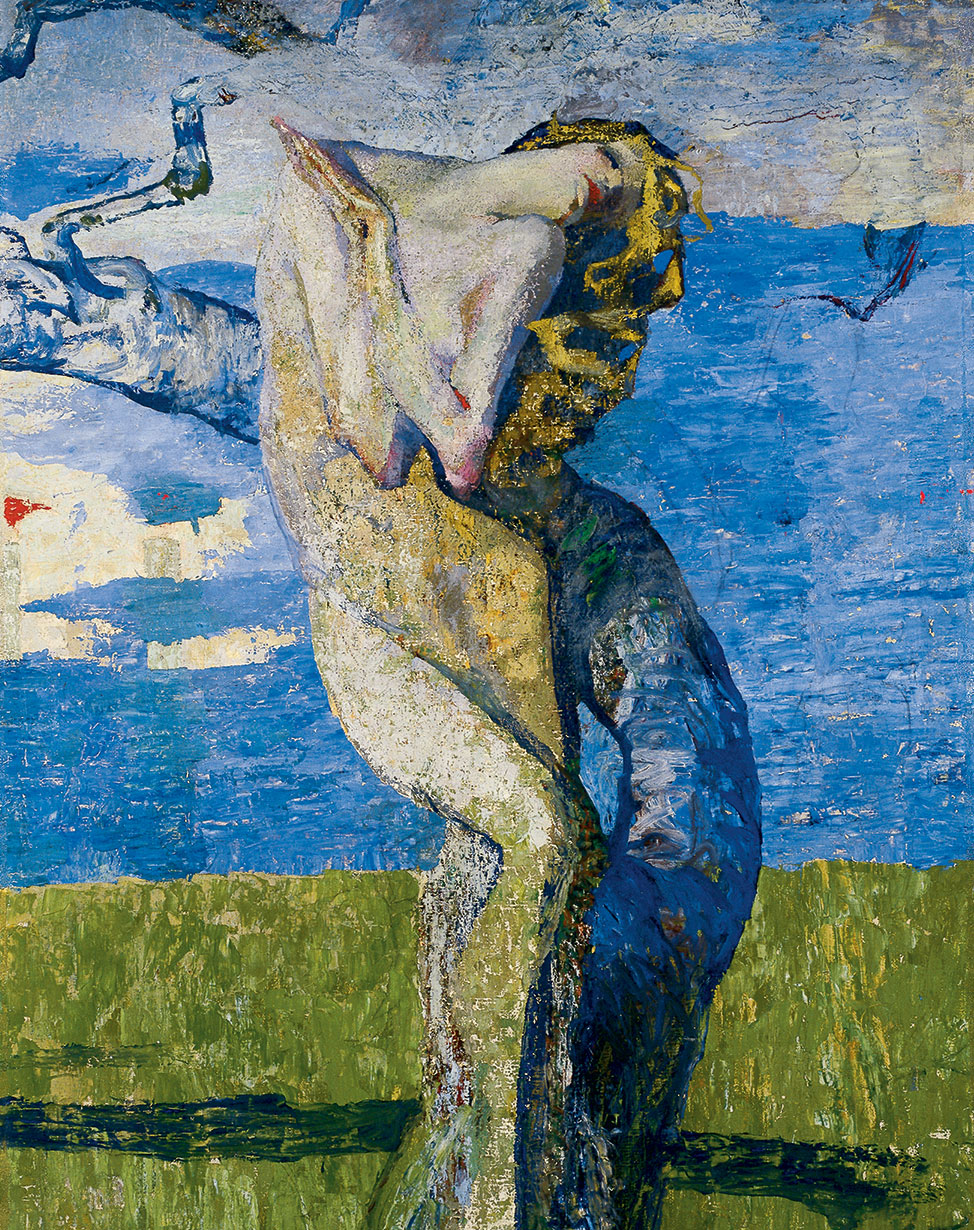Armetta has studied extensively throughout the United States and Europe, at schools including Columbus College of Art and Design, the Pennsylvania Academy of Fine Art, Barnstone Studios, Atelier Lack, the Florence Academy of Art, the New York Academy of Art 1998 the Water Street Atelier.
He has exhibited widely, in both solo and group exhibitions, across the United States, at venues including the National Academy of Design, the Fort Wayne Museum of Art, the Susquehanna Museum of Art, Sotheby’s, the State University of New York at Farmingdale, St. John’s University, Messiah College, Arcadia Fine Art, John Pence Gallery, Century Gallery, and Seraphin Gallery.
















